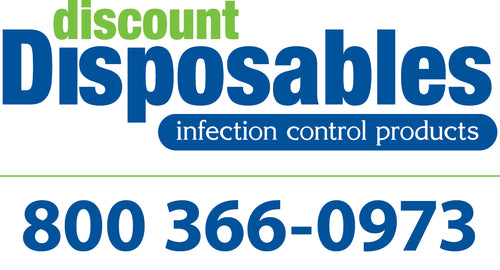Reducing amalgam waste in municipal water systems is now a high priority for the EPA, and dentists now need to watch their disposal methods. Unless they adhere to the guidelines, they subject themselves to potential legal liability. It is important that they adopt the correct habits now, rather than wait for the government crackdown on erroneous practices.
Amalgam has significant mercury content, and when large quantities of it end up in public waters, it leads to an unacceptably high concentration of the toxic material. Environmental clean-up is difficult, which is why minimizing the waste at its source is now a major concern for regulatory bodies.
In addition, proper storage and disposal of amalgam also facilitates recycling, which further minimizes the spread of mercury throughout the natural environment. It is easy to see why dental professionals must take this matter seriously, and start adhering to the best practices - if they have not done so.
The Challenge of Amalgam Disposal
Properly disposing of amalgam is a challenge, however, and some dentists unknowingly commit oversights that violate one of the EPA's and ADA's guidelines. While all dentists know that you should not put amalgam in regular garbage, some of them still wash utensils that were exposed to amalgam in the sink. This releases stray amalgam particles into the water.
Using chair side traps and installing amalgam separators & vacuum collection are some of the many ways to ensure that no amalgam waste escapes into public water systems. Cleaning and disposal are not the only areas you have to keep in mind, however. Storing recyclable amalgam correctly is also a major concern, as not all containers are appropriate.
Thankfully, this is easier than ever with our affordable amalgam recycling solutions. We can help your practice remain compliant in an easy, hassle-free way through our products. Do your part to protect the environment, and start managing amalgam waste more thoroughly. If you have any questions, please contact us at any time.

